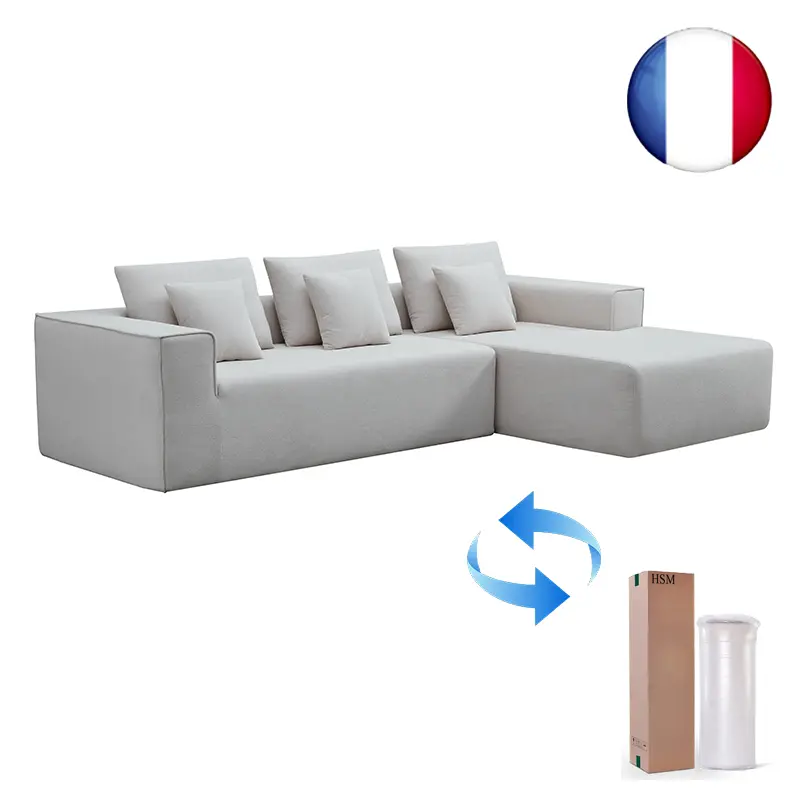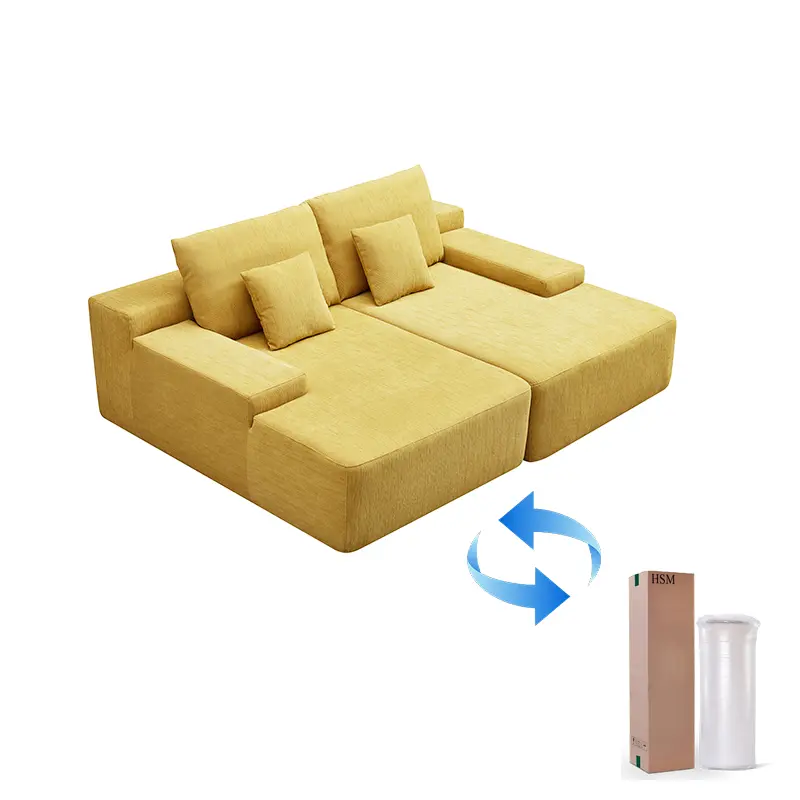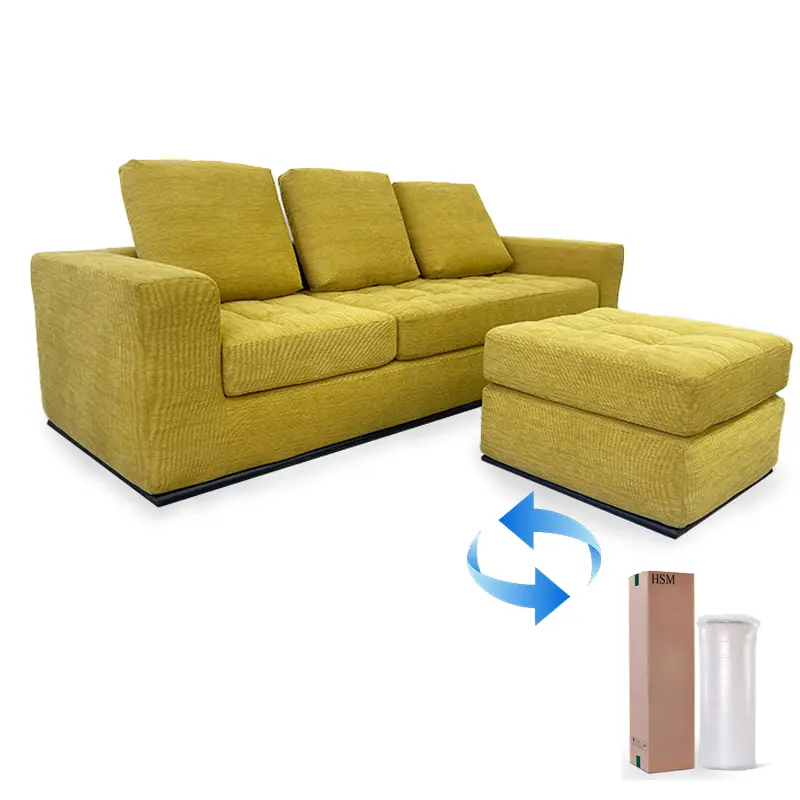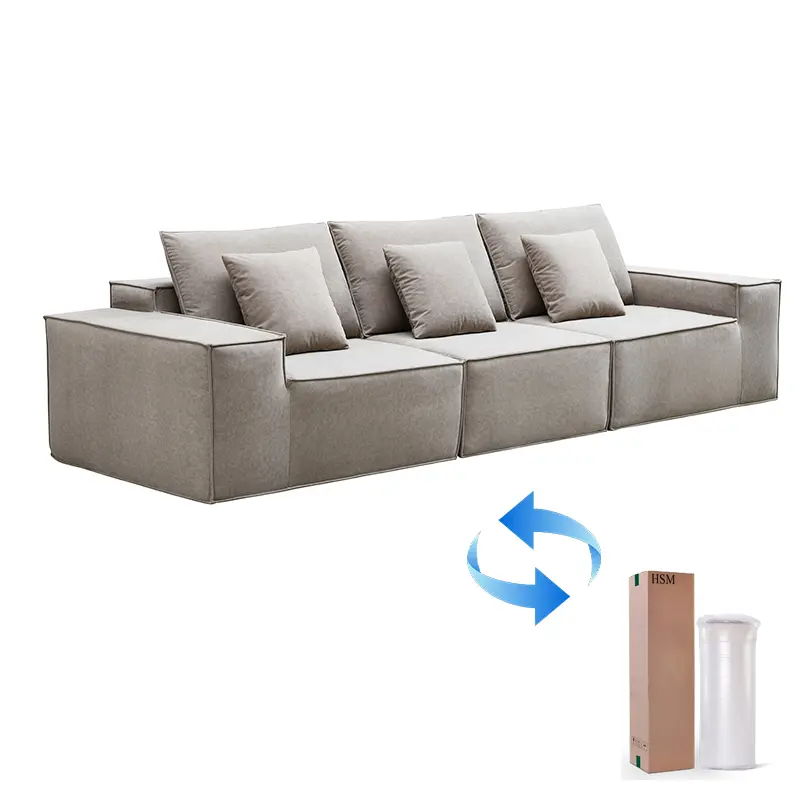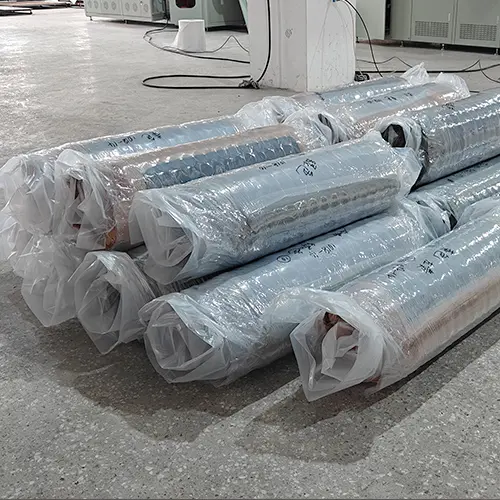How to Avoid Sagging in Compressed Sofas
A sagging Sofa Can be frustrating, reducing both comfort and durability. But is there a way to prevent it?
Yes, by choosing a high-quality compressed sofa with high-density foam cushions, reinforced frames, and proper maintenance, you can prevent sagging and extend its lifespan.
Understanding what causes sagging and how to maintain Your Sofa properly will help you enjoy long-lasting comfort. Let’s explore the best ways to prevent and fix sagging in compressed sofas.
Why Do Compressed Sofas Sag Over Time?
Sagging in compressed sofas can result from various factors.
The most common causes include poor-quality materials, frequent use, and lack of proper maintenance.
Key Factors Leading to Sagging
1. Low-Density Foam Cushions
Foam with low density loses its shape quickly, causing indentations and sagging.
2. Weak Frame Construction
Sofas with weak wooden or particleboard frames tend to deform over time, reducing support.
3. Frequent and Heavy Use
High usage without proper weight distribution accelerates cushion and frame wear.
4. Lack of Maintenance
Failing to rotate, fluff, or reinforce cushions can lead to uneven wear and sagging.
How to Prevent Sagging in Compressed Sofas
A well-maintained compressed sofa can remain firm and supportive for years. Here’s how to keep it in great shape:
1. Choose High-Density Foam Cushions
High-density foam cushions are more durable and resistant to sagging compared to lower-density options.
| Foam Type | Benefits | Longevity |
|---|---|---|
| High-Density Foam | Retains shape, resists sagging | 8-10 years |
| Memory Foam | Molds to body shape, good pressure relief | 6-8 years |
| Low-Density Foam | Soft but loses shape quickly | 3-5 years |
2. Opt for a Reinforced Frame
Look for hardwood or metal-reinforced frames rather than particleboard or softwood.
3. Rotate and Fluff Cushions Regularly
Rotating cushions and fluffing them helps distribute wear evenly, preventing premature sagging.
4. Add Additional Support
Placing plywood or a sturdy board under the cushions can provide extra support and prevent sagging.
5. Use Protective Covers
Covers protect against spills, stains, and excessive wear, keeping cushions firm for longer.
6. Avoid Excessive Weight and Misuse
Sitting in the same spot frequently or applying too much weight can compress the foam, leading to sagging.
How to Fix a Sagging Compressed Sofa
If your sofa has already started sagging, there are ways to restore its comfort and support.
1. Reinforce the Frame
Adding extra wood or metal supports inside the frame can strengthen its structure.
2. Replace or Refill Cushions
Replacing sagging cushions with high-density foam inserts can breathe new life into your sofa.
3. Adjust Cushion Placement
Flipping and rotating cushions can help balance out compression and restore their shape.
4. Consider Professional Repair Services
If DIY solutions don’t work, a professional furniture repair service can reinforce the frame, replace cushions, and fix upholstery issues.
Conclusion
To avoid sagging in compressed sofas, it’s essential to choose high-quality materials, maintain proper care, and reinforce structural support when needed. By following these steps, you can keep your sofa comfortable and durable for years to come.








